Picture Post- Jades, Portulacaria.
reptilegrrl
18 years ago
Related Stories
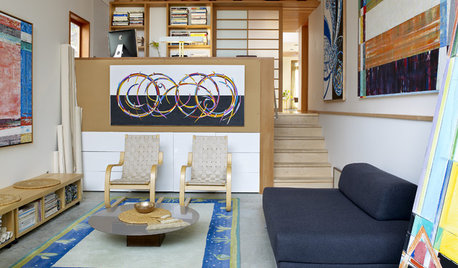
ARTLet's Put a Price on Art: Your Guide to Art Costs and Buying
We paint you a picture of what affects an artwork's price — plus a little-known way to take home what you love when it's beyond your budget
Full Story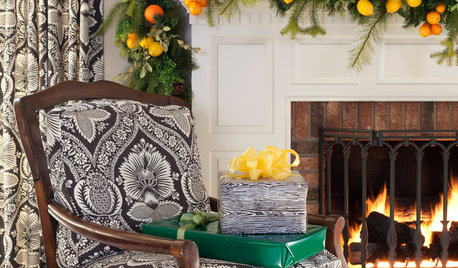
HOLIDAYSHouzz Call: Show Us Your Holiday Mantel
Do reindeer prance or lights dance above your fireplace during the holidays? Share your decorated mantel with us
Full Story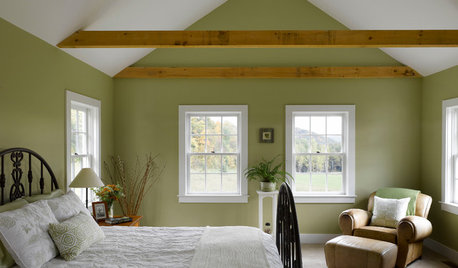
COLORDreaming in Color: 8 Gorgeously Green Bedrooms
Bring in a bold splash of watery blue-green or a slice of soft celery for a colorful yet sleep-friendly sanctuary
Full Story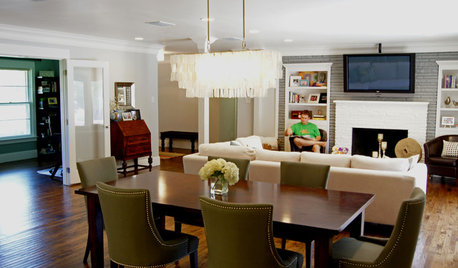
HOUZZ TOURSMy Houzz: Renovated 1950s Family Home in Texas
A complete overhaul reinvents a dark midcentury home, leaving a cool color palette, an open layout and a nursery splurge in its wake
Full Story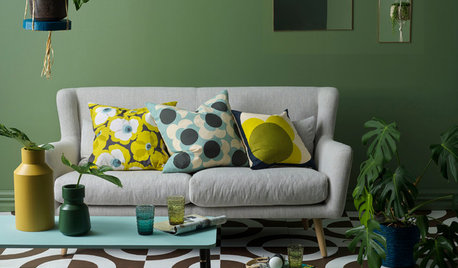
GREENBotanical Green, Meant to Be Seen
Learn how to cultivate this vibrant yet restful color in your home, using its hues to set the mood for any space
Full Story
DECORATING GUIDES4 Hip Hues for 2013 and How to Use Them at Home
Strike a bluesy chord that's decidedly upbeat or make things greener on your side of the fence, with fresh paint colors for the new year
Full Story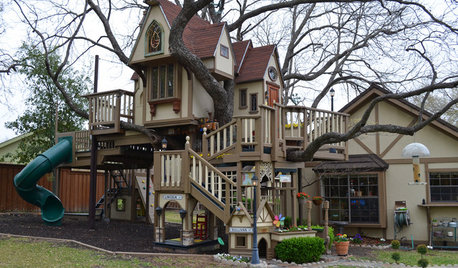
MOST POPULARThe Most Incredible Kids' Tree House You'll Ever See?
Duck your head to enter this unforgettable Dallas wonderwork, lovingly crafted with imaginative delights
Full Story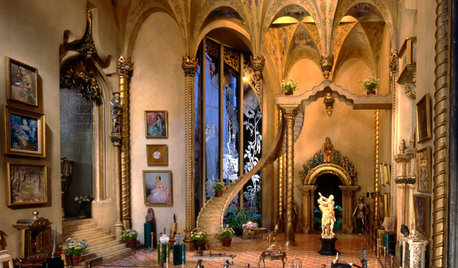
FUN HOUZZMad for Miniatures? Show Us Your Dollhouse
It seems just about everyone loves to see a smartly outfitted miniature house. Check out these amazing examples, then show us your own!
Full Story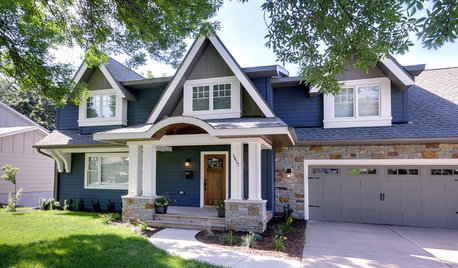
REMODELING GUIDESHome Exteriors Take Color Cues from Stone
Age-old yet with a thoroughly modern take, stone inspires exterior color palettes for home styles from traditional to contemporary
Full Story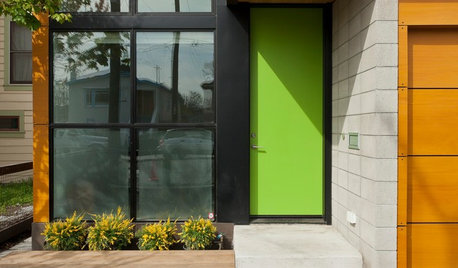
CURB APPEAL9 Daring Colors for Your Front Door
Stand out from the neighbors with a touch of neon green or a punch of hot pink
Full Story





Denise
reptilegrrlOriginal Author
paracelsus
reptilegrrlOriginal Author
pirate_girl
reptilegrrlOriginal Author
rjm710
JaapM